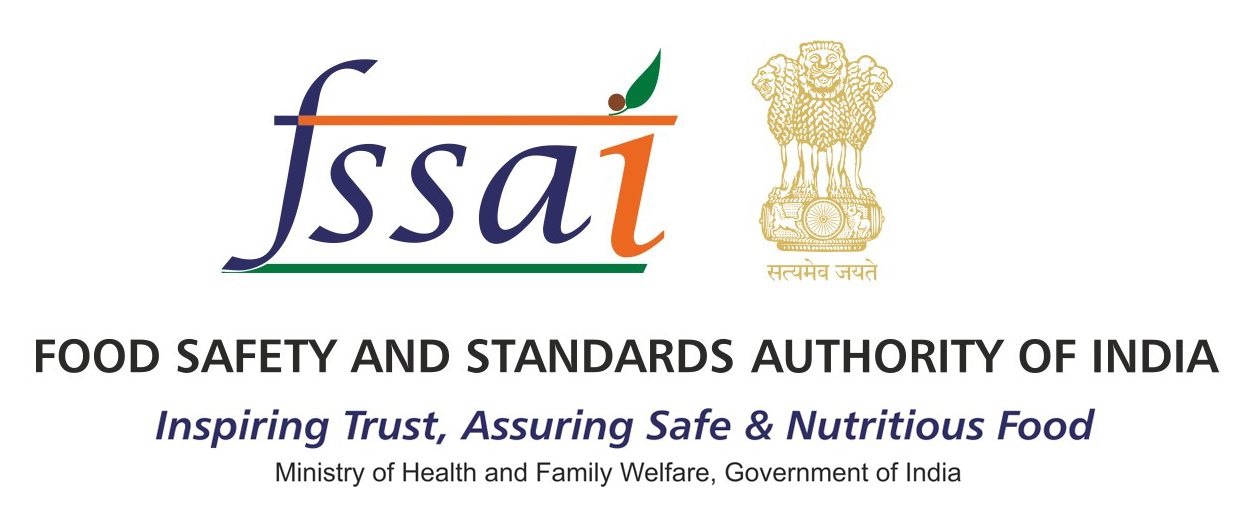In a groundbreaking development, Indian researchers from the Indian Institute of Science Education and Research (IISER) in Pune, India, have made a significant stride in ensuring food safety with the aid of light-emitting diodes (LEDs). Food spoilage is a global concern, leading to health hazards and economic losses. However, this ingenious innovation promises to revolutionise the food industry by enabling rapid and accurate detection of spoiled food items.
The Perils of Spoiled Food
Food spoilage is a pervasive issue that affects consumers, producers, and distributors alike. Contaminated or spoiled food can harbour harmful bacteria, pathogens, and toxins, leading to foodborne illnesses and even fatalities. Furthermore, the economic impact of wasted food is enormous, with millions of dollars lost annually in disposal and associated costs. The need for a reliable, efficient, and cost-effective solution to tackle this problem has never been more critical.
The Birth of an Innovative Solution
Enter the Indian researchers, who have successfully developed a groundbreaking technique to detect spoiled food items using LEDs. This non-invasive and swift method has the potential to transform food safety protocols and improve consumer confidence in the products they purchase.
Understanding LED Technology
LEDs are semiconductor devices that emit light when an electric current passes through them. They are known for their energy efficiency, compact size, and long lifespan. Researchers harnessed the unique properties of LEDs to identify the chemical and physical changes that occur in spoiled food items, such as meat, poultry, fish, fruits, and vegetables.
How LED-based Detection Works

CC- Angewandte Chemie
The technology involves the innovative use of perovskite crystals in LEDs for monitoring the freshness of fruits and vegetables. Perovskites are known for their light-capturing and converting abilities,
Led by Angshuman Nag, the team at IISER proposed a novel application of perovskites in LED technology, specifically creating “phosphor-converted” LEDs capable of emitting both white light and a strong band in the near-infrared range (NIR). By introducing a double perovskite doped with bismuth and chromium, the researchers achieved dual emission. Part of the bismuth component emitted warm white light, while another part transferred energy to the chromium component, resulting in additional NIR emission.
The potential of NIR for food freshness assessment is well-known in the food industry. Water content in fruits and vegetables affects the absorption of NIR radiation, allowing for non-invasive imaging to estimate freshness. The modified pc-LEDs successfully detected differences in water content in apples and strawberries, identifying early stages of rot that were not visible in standard camera images.
The team envisions a compact device for simultaneous visual and NIR food inspection, revolutionising quality control.
Advantages of LED Food Spoilage Detection
- Speed and Efficiency: LED-based detection systems can quickly assess the freshness of food items, allowing producers and sellers to make informed decisions promptly.
- Non-destructive: Unlike traditional methods of food quality assessment, LED sensors do not damage the product during testing, making it ideal for bulk inspections.
- Cost-effective: Implementing LED technology is relatively inexpensive compared to other sophisticated food testing methods.
- Portable and User-friendly: The compact nature of LED sensors makes them easy to deploy in various settings, including farms, food processing units, and retail outlets.
Implications for Food Safety and Industry
The impact of LED-based food spoilage detection on the food industry cannot be overstated. Enhanced quality control measures will minimise the risk of contaminated products reaching consumers, reducing the incidence of foodborne illnesses. Moreover, the reduced economic losses due to wasted food will positively affect food producers, suppliers, and consumers alike.
Future Prospects and Challenges
While the initial results are promising, researchers acknowledge the need for further refinement and validation of the LED-based detection system. Collaborations with industry stakeholders, regulatory bodies, and scientists will be crucial to standardise and implement this technology on a larger scale.
Conclusion
The discovery of using LEDs to detect spoiled food marks a significant milestone in food safety research. Indian researchers have opened the door to a safer, more efficient, and sustainable food industry. As this technology matures and gains wider acceptance, it has the potential to become a global standard for ensuring the freshness and quality of food products. With a brighter future for food safety on the horizon, we can look forward to a world where spoiled food becomes a thing of the past.
 Food Manifest
Food Manifest 
















Leave a Comment
Your email address will not be published. Required fields are marked with *